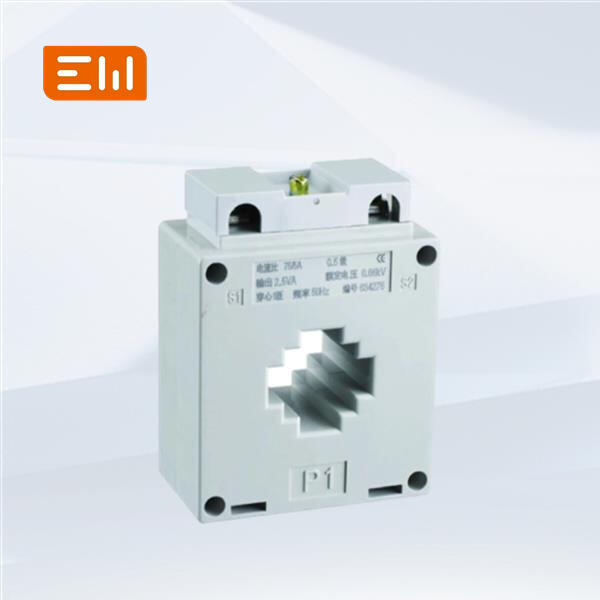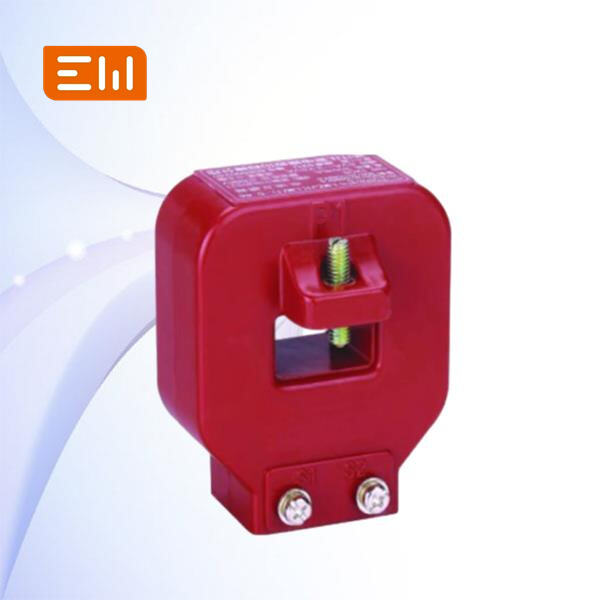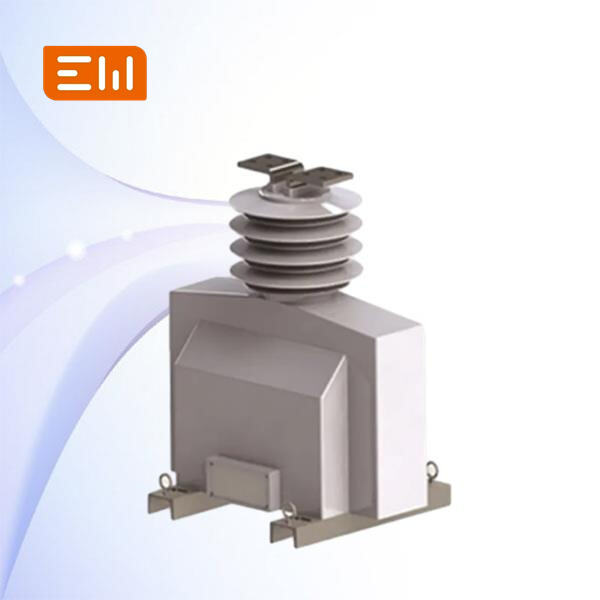Current transformers help regulate electricity in our homes and school, did you know? Well, today we are going to learn about something known as transformer components. This is similar to simulating a fictitious version of the actual current transformer and observing how it responds to variable conditions. Let's learn more about it with our friends in EUNVIN, and get to know it better!
For example, these are precision modeling techniques for current transformer simulation—it is about ensuring that your fictitious current transformer is identical to the real one with the same physical parameters. Why is this so important you ask: well, knowing what a current transformer will be expecting (in real life) will help us! With the help of specific computer programs, we can build a very accurate model, which explains how a current transformer works in different situations.
Let’s discuss accuracy and limitation by analyzing existing transformer simulation software now. Simulation software is beneficial to testing current transformers but not always accurate. At times, the software may not produce certain information that may affect the operation of a current transformer. That’s why engineers and scientists analyze the output of a simulation carefully, to ensure it is accurate. It teaches us about the limits of the software and how we can improve it going forward.

Now, let’s move onto practical examples and testing of simulated recloser. Once we build a highly accurate model of a current transformer, we can utilize it to evaluate various conditions. For instance learning a current transformer during power interruption or electric shock. Our current transformers have been evaluated in a range of such incidents, ensuring their safety and reliability in practice.

My main interest right now, as tangible event, is simulation and modelling of current transformers. With new simulation technology, we help make older transformers even more efficient. For example, we can find out that by changing the shape of a current transformer, we can measure electricity in a better way. These upgrades will help ensure our power systems are safe and reliable.

Finally, let us discuss how each difference may influence current transformer modeling performance. Things like the amount of perfectly good electricity flowing through it or the temperature around it can affect the exact way a current transformer works. By understanding how such factors affect our simulated current transformers, we are able to improve them. This enables us to power systems of electricity that everyone can use safely and effectively.